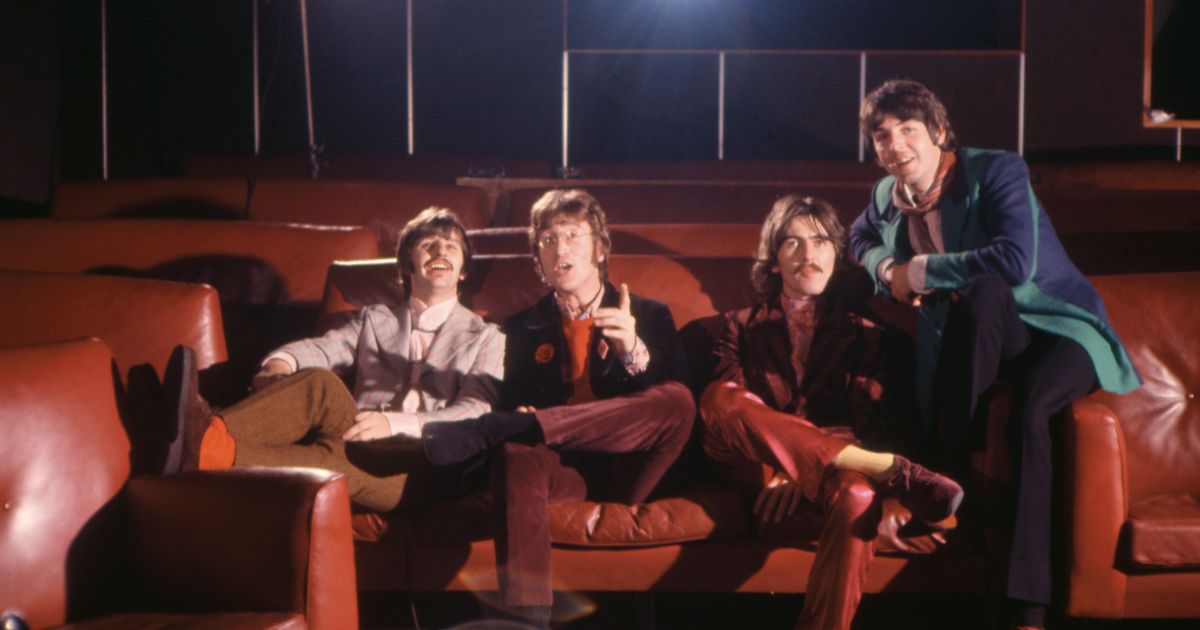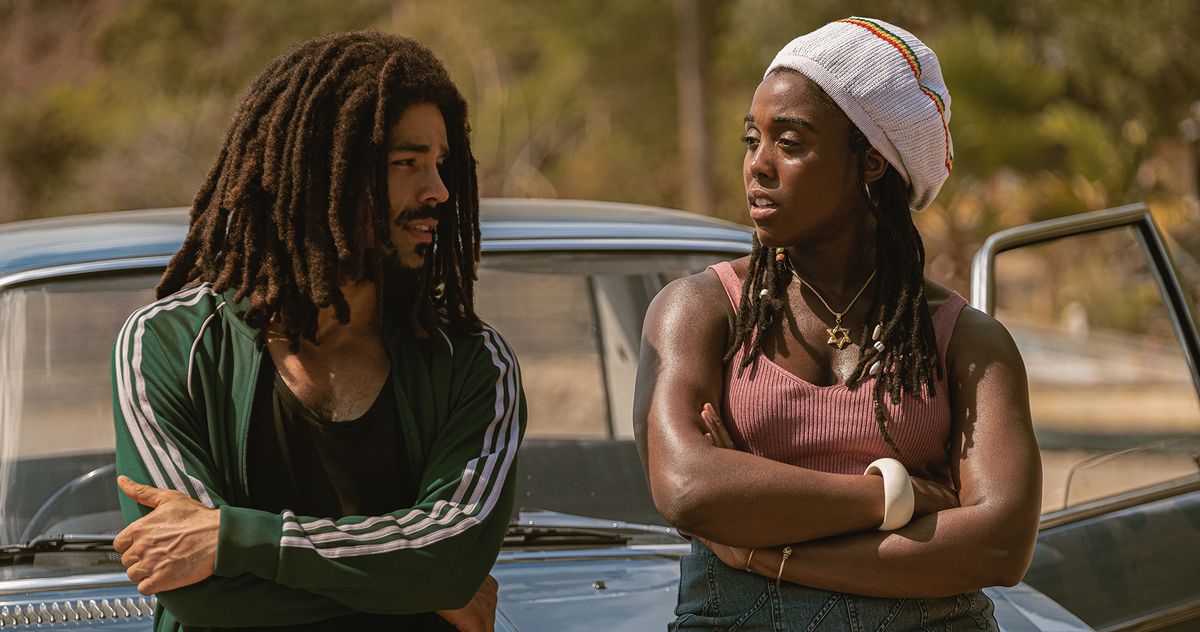
A Chronology of Shipwrecks on Film
Filmmakers have long had an insatiable fascination with the shipwreck: the awesome, towering walls of water, the deafening roar of the wind, the high drama of that inevitable “we’re going under” moment.
The onscreen shipwreck promises both visual magnificence and emotional grandeur. It is, in a way, the perfect cinematic gambit. It is also an effective yet simple visual metaphor. “Here’s what happens,” the cinematic shipwreck seems to say, “when the power of nature rips away our carefully constructed world from beneath our feet.” After all, when you balance the artificial human world on a few planks of wood in a vast ocean, the whole thing suddenly becomes pretty fragile.
Each generation has brought its own perspective to the cinematic shipwreck. There are the tragically beautiful shipwrecks, the empowering “we will survive” shipwrecks, the doomed-lovers shipwrecks. There are even a few darkly comic shipwrecks.
When it comes to the shipwreck movie, things are getting progressively more chaotic and unhinged, as evidenced by this year’s Palme d’Or winner, Ruben Östlund’s yacht-based class satire Triangle of Sadness. Is it merely a symptom of cinematic trends that shipwrecks are becoming more satirically shocking? Or are filmmakers attempting to harness the watery chaos and destruction of the shipwreck to reveal something of the increasingly nonsensical world that surrounds us here on dry land?
We’ve journeyed into cinema history to bring you a chronological guide to the onscreen shipwreck — because maybe, if we trace the way filmmakers have taken us to the bottom of the sea, we’ll learn a few things about ourselves on the way down.
A Night to Remember (1958)
–>
It all began with 1958’s epic, painstakingly realistic A Night to Remember, the original Titanic movie. The ship goes down slowly after tilting dramatically to its side. We see the chaos onboard — people slide violently into the water, fights break out, children cry. Notably, this version of the Titanic’s sinking comes with no love story, which makes the general destruction all the more moving.
But what A Night to Remember really gives us is shipwreck meets Golden Age Hollywood. The ship goes down to an overpowering score of urgent violins and horns. The chaos onboard is interspersed with stagy close-up reactions from people aboard the lifeboats. “We ought to say a prayer,” comes the clipped voice of one perfectly lit young man on a lifeboat as the violins swell.
A Night to Remember offers a shipwreck with a touch of melodrama and will probably leave you reflectively wiping away a single delicate tear.
Streaming on the Criterion Channel Watch here
Swiss Family Robinson (1960)
–>
In Swiss Family Robinson, the shipwreck gets the Disney treatment. Based on the novel by Johann David Wyss, the film tells the story of a family shipwrecked on a desert island after being chased by pirates. As a family film, this shipwreck is fairly tame. The boat runs aground, so drowning seems very unlikely. Basically, the family members all get a bit wet.
In no time, they are exploring the island, finding inventive ways to survive, and taking on the aforementioned pirates. It’s family-friendly, swashbuckling fun. Ultimately, the family members make the most of their new, simplified lives on the island before returning to civilization. It’s the wholesome outcome one would expect from a Disney shipwreck.
Streaming on Disney+ Watch here
The Poseidon Adventure (1972)
–>
The Poseidon Adventure uses a shipwreck as the setting for a drawn-out survival thriller. Based on a novel by Paul Gallico, the film follows an ocean liner that capsizes following a tsunami on New Year’s Eve. A small group of passengers band together to make their way up to the surface of the water by climbing to the bottom of the upside-down ship. It’s a conceit that leads to a very memorable scene in which a long line of people are inexplicably seen walking the wrong way.
Packed full of action and stars, the film was a crowd-pleaser and has since become a cult classic. With a seemingly endless supply of danger and some very dramatic sacrifices, it’s both highly stressful and pleasingly camp.
In this ’70s star vehicle, the shipwreck is a device for creating a satisfying high drama. It’s the kind of shipwreck that is greeted with that deep, awestruck murmur of “My God!” that has become synonymous with cult action films. And it pulls it off perfectly.
Available to rent/buy on Amazon Prime Video Watch here
The Blue Lagoon (1980)
–>
Is there anything romantic about being lost at sea? This is the question The Blue Lagoon sought to answer. Spoiler: The film provides a resounding yes.
The film takes us back to a shipwreck in the 1800s whose only survivors are two young cousins. As they grow up on a remote tropical island, things eventually get romantic. It’s essentially a case of shipwreck as erotic plot device.
The island proves to be a lush, tropical idyll that rarely poses any real threat to the castaways. Instead, Blue Lagoon is filled with doe-eyed stares, picturesque soft porn, and painful lines like “You’re always staring at my buppies.” While the film idealistically imagines itself to be a survival romance, the survival element is downplayed at every turn. Rather than bringing any real danger, the shipwreck serves merely as a structural device to get two young and beautiful people stuck together on a sunny island without any clothes.
Available to rent/buy on Amazon Prime Video Watch here
Titanic (1997)
–>
Titanic is arguably the apex of the shipwreck-film genre. James Cameron’s 1997 epic brought the movie shipwreck into the modern-blockbuster age. Gone were the quaint little leaks, the slightly dampened clothes, and the melodramatic reaction shots. Instead, the film used every film trick in the book to make each moment feel visceral and agonizingly real.
It was also the first shipwreck film to really put a spotlight on the whole above-and-below-deck thing. Cameron was interested in the social order of the passengers and how they upheld that order as the boat went down. Suddenly, the shipwreck became the perfect playground for uncovering the irrationality and cruelty of class as a concept.
Streaming on Paramount+ Watch here
Poseidon (2006)
–>
A remake of 1972’s action-packed Poseidon Adventure, 2006’s Poseidon updated the cult classic for the early-aughts disaster-movie fad. The thrills, action, and special effects were all kicked up a notch for the 21st century. With its epic scale, the remake loses some of the campy charm of the original and ultimately feels like a grand-scale shipwreck crafted purely for the box office.
Streaming on Hulu Watch here
Life of Pi (2012)
–>
With Ang Lee’s Life of Pi, the movie shipwreck takes a philosophical turn. After an ocean liner is hit by a storm, a teenage boy, Pi, finds himself trapped on a lifeboat with a zebra, an orangutan, and a very hungry Bengal tiger. For weeks, he fights and negotiates for survival with his new companions.
Life of Pi offers a new type of shipwreck — this is not about thrilling us with epic action or horrifying us with unjust tragedy at sea. Rather, it’s a stunning, surprisingly quiet film that uses its central shipwreck as a chance to explore the existential.
Streaming on HBO Max Watch here
The Wolf of Wall Street (2013)
–>
Enter the comedic shipwreck. Like the rest of The Wolf of Wall Street, the shipwreck scene is manic, jaw-droppingly shameless, and darkly funny. The furiously paced story follows Jordan Belfort, a drug-addicted broker turned party boy living for the highs. During a trip to Italy, he impulsively demands that his yacht captain sail him to Switzerland by way of Monaco to get past border controls despite half-hearted warnings about “chop.” “We can fucking handle chop right, right?” Belfort says confidently.
Cut to the yacht in the middle of a storm of epic proportions as a soaked Belfort flings open the door to the bridge, screeching, “What the fuck is going on out here?” It’s total mayhem. Margot Robbie is panicking. Jonah Hill is freaking out. Leonardo DiCaprio is still destroying his vocal cords as he screams out, “I’m a master per!” It all ends with Leo maniacally demanding that Jonah “get the ludes” because he will “not die sober.”
If a cinematic shipwreck can show what happens when our world falls apart, it can also show what happens when a drug-obsessed playboy’s world starts to fall apart. And the result is wildly hilarious.
Streaming on Paramount+ Watch here
In the Heart of the Sea (2015)
–>
In the Heart of the Sea tells a fictionalized version of the true story of a giant whale that brought down a fishing vessel in 1820, an event that inspired Moby-Dick. This is a big-budget, mystical sort of shipwreck. Here, we have ordinary people pitted against the vast and mysterious ocean and its monsters.
This is Hollywood giving us a good old-fashioned shipwreck in the most cinematic way possible. We get the awesome towering waves, the violent ripping of sails, and a lot of urgent men hollering above the roaring water. Does it feel a little dated? Perhaps, but it’s hard to look away all the same.
Available to rent/buy on Amazon Prime Video Watch here
Adrift (2018)
–>
Can a shipwreck provide the setting for an epic love story? Based on real events, this film follows a daring couple who take their little sailboat out for a Pacific Ocean adventure only to sail straight into a gigantic hurricane. They are left adrift on the ocean with no radio and multiple injuries.
In Adrift, the power of love is pitted against the power of the elements. It’s a little cheesy, but anchored by strong, multidimensional performances, this might be one of the grittiest portrayals of the survival instinct in the face of epic disaster.
Adrift marks a new type of shipwreck romance. While Blue Lagoon used its shipwreck to bring a couple together, Adrift gives us a shipwreck that threatens to tear a couple apart. Unlike Blue Lagoon, Adrift gives us a world where the dangers of the vast, unpredictable ocean are all too real. In turn, the film’s depiction of love is far more subtle and nuanced. In Adrift, romance goes beyond the pretty, adolescent attraction of Blue Lagoon and becomes a complex force with as much power as the roaring waves that threaten it.
Streaming on Paramount+ Watch here
Triangle of Sadness (2022)
–>
In 2022’s Triangle of Sadness, the cinematic shipwreck takes a satirical turn. The scene is set on a luxury cruise filled with members of the megarich—an Instagram model, a Russian billionaire, an app developer, and an elderly British couple who also happen to be international weapons manufacturers.
A storm hits during dinner. As the guests slurp down caviar-laced oysters and endless flutes of Champagne, the storm becomes increasingly threatening. The room rocks sickeningly from side to side. Glasses topple off the tables. Below deck, a cleaning trolley slams into a wall. That’s when the sea sickness kicks in.
What follows is the stuff of nightmares. One by one, the seafood- and Champagne-filled guests projectile vomit across the dining room. They stumble back to their rooms. The lights flicker off. Toilets erupt. One woman slides back and forth on her bathroom floor as the boat tips from side to side, vomiting into the toilet as she passes by. Meanwhile, the captain and the rich Russian drunkenly debate Marxist politics and capitalism over the intercom system. It’s hellish, revolting, and riotously, shockingly gross. Incidentally, the ship doesn’t even go down until the following morning after the storm has abated.
Triangle of Sadness does what many films before it did: It takes a ship, puts it in a storm, and lets the veneer of social order fall away before our eyes — but it pushes things further than its predecessors.
We live in a world that, for many, makes increasingly less sense: Inequality is on the rise, politics are more pisive than ever, the threat of a rapidly changing climate looms large. And we experience it all distorted through our screens, making the world feel more like a dystopia than reality. All things considered, perhaps it’s fitting that this year’s shipwreck movie is more unmoored than ever.
Now playing in theaters
Related
- Triangle of Sadness’s Class Satire Reaches Hazardous Levels of Smug
- The 33 Greatest Disaster Movies of All Time





















![GeForce Experience driver installation failed [Fix] GeForce Experience driver installation failed [Fix]](https://i0.wp.com/www.thewindowsclub.com/wp-content/uploads/2024/04/GeForce-Experience-driver-installation-failed.png?resize=150%2C150&ssl=1)













































